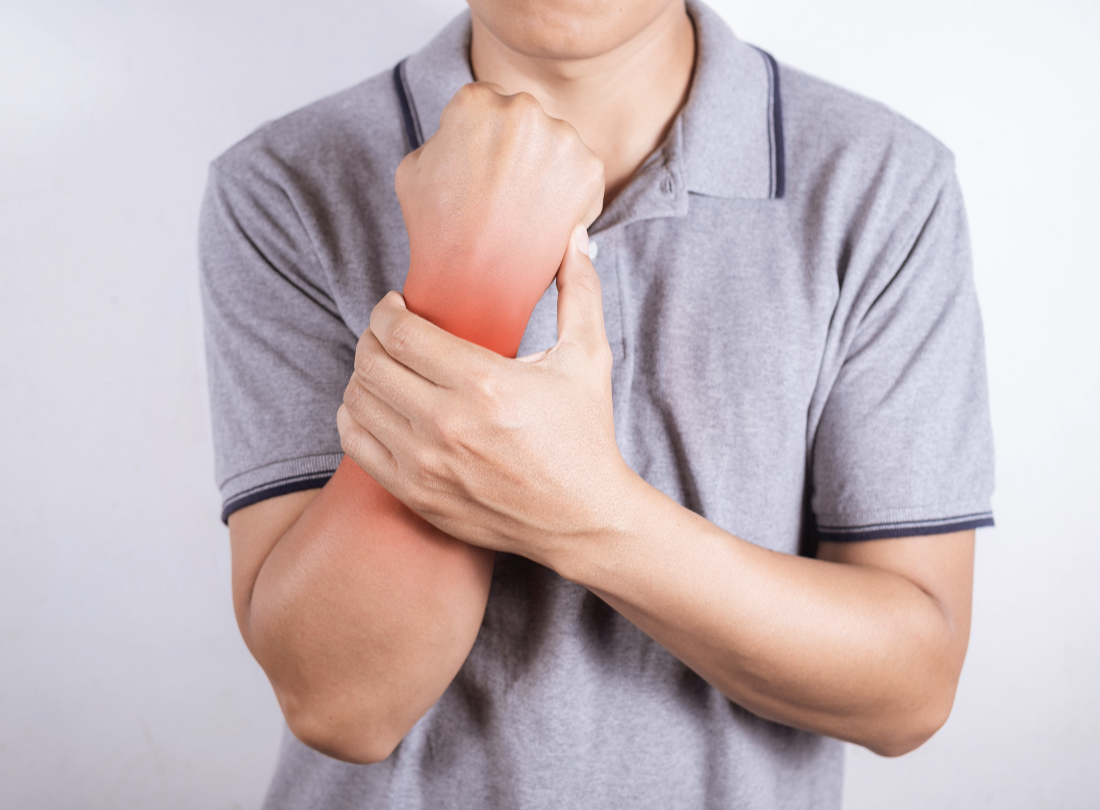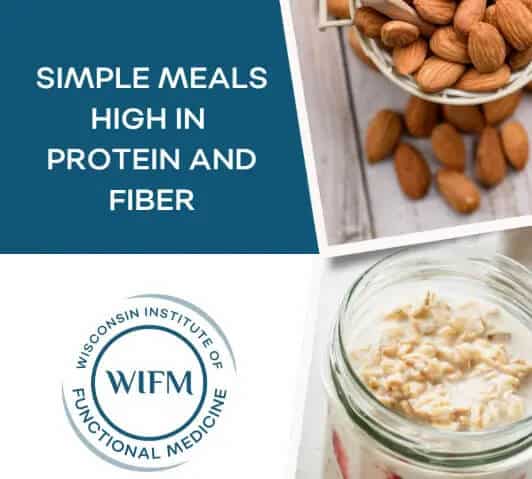PRP For That Nagging Tendonitis
Every joint in your body uses tendons to connect the muscles to the bones and enable you to move. When this tendon tissue becomes damaged and inflamed, it can lead to a painful condition called tendonitis. If left untreated, tendonitis can significantly impact your quality of life and your ability to participate in daily activities. However, platelet-rich plasma (PRP) can stimulate your body to begin repairing tissue and minimize your discomfort.
Tendonitis Basics
Tendonitis can occur due to normal wear and tear on your joints as you get older, but it can also stem from repetitive use. For instance, if you play sports or repeat the same motions over and over again at work. This puts repeated strain on your tendons, and they become inflamed. It can also cause tissue damage that is slow to heal, especially when you remain physically active.
Tendonitis can develop in any joint, but it is most common in the shoulder, elbows, wrists, thumbs, knees, and ankles. Constant pain when moving any of these joints can be frustrating and stressful. It can limit where you go and what you do.

How PRP Can Help
PRP harnesses your body’s own ability to heal itself. It is an all-natural byproduct derived from your own blood. A small vial of blood is drawn and placed in a centrifuge. The centrifuge spins at a steady speed, which causes the various components of the blood to separate, leaving a high concentration of platelets and growth factors. They are collected and injected back into your body, where tendonitis occurs.
The platelets and growth factors signal the body to speed healing to the area. They help generate new cell growth, remove damaged cells, and produce collagen, which all play an integral role in tendon health and tissue regeneration. Tendons often have limited blood flow, so they do not receive as many platelets when injured, but PRP targets the area and floods it with healing platelets and growth factors.
One of the challenges with tendonitis is that the tissue remains inflamed. PRP contains some growth factors that cause an inflammatory response, but other growth factors also help reduce inflammation, especially in the long term. You may experience some additional inflammation and soreness initially, but it should subside after a few days.
Using PRP as an Alternative to Other Treatment Options
A common treatment for tendonitis includes steroids or long-term use of anti-inflammatories or other medications. These medications can be hard on your body and produce undesirable side effects. PRP causes no major side effects because it comes from your own blood. This also eliminates the potential for rejection.
PRP can support other non-surgical treatment options that may not have delivered the desired results by increasing the body’s healing capability and repairing tissue damage. If your doctor notices and treats tendonitis early, PRP may help reduce the need for surgery. However, it can have limited effectiveness when the tendon is severely damaged and at risk of rupturing, in which case, surgery may be necessary.
Another benefit to PRP is that there is no downtime. The process takes less than an hour, and you can return to your normal activities afterward. You may have some soreness, but it will resolve within a few days. Bracing or mobilizing the joint can help to protect it during recovery.
How Long Does It Take to See Results?
Several factors can impact your recovery speed, including the severity of the injury, your age, and overall health. Tendons generally take longer to heal than soft tissue and muscles. You should begin noticing a difference within one to three months. Additional PRP injections may be necessary to support further healing and maintain results.
Promote Recovery from Tendonitis with PRP
Do you enjoy an active lifestyle that has been hampered by the nagging effects of tendonitis? Schedule an appointment at the Wisconsin Institute of Functional Medicine to learn more about how PRP and regenerative medicine can help you bounce back and move with less pain.

